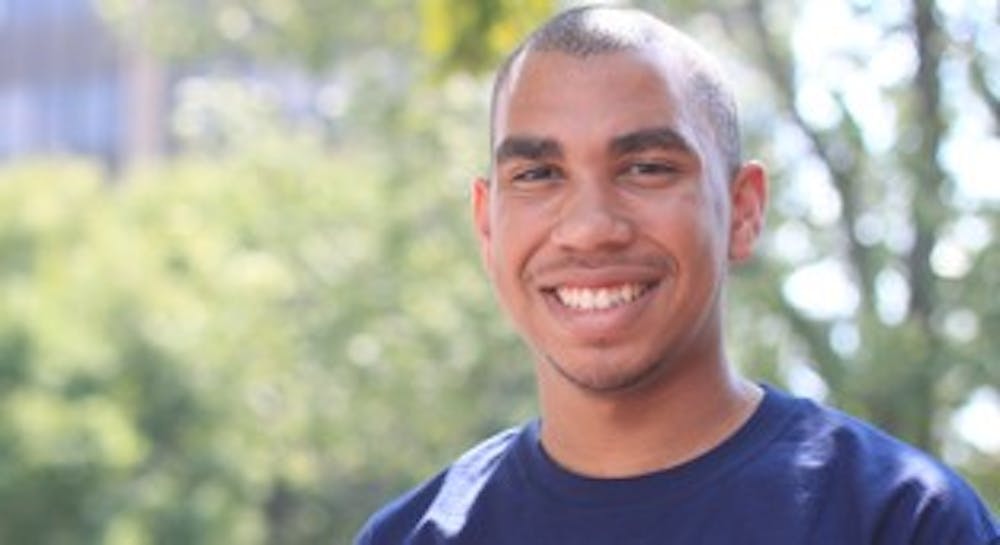At a time when minority males rank below their counterparts in relation to graduation rates, it is also necessary to look at the lack of black faculty in higher education.
African-Americans make up about 13 percent of the U.S. population. The most recent data from the U.S. Department of Education shows that an alarmingly low 5.4 percent of full-time faculty members were African-American. This number was only 2 percent in the 1960s and 1970s.
This means that in forty years, progress has been made, but not nearly as much as is needed.
Many universities enacted affirmative action-style plans in an attempt to bring black faculty to their schools in the 1960s and 1970s — yet, the percentages have yet to change significantly.
At UNC, the statistics are not much better. In the 2013 Black Report, a report compiled by the Carolina Black Caucus, out of the University’s 11,231 full-time permanent employees, only 1,494 were black, and only 23 of those were professors.
However, in 2013, 68 out of 121 varsity football players and 12 out of the 13 varsity basketball players on scholarship were black. How are we bringing in so much black athletic talent but not many black academic instructors?
When thinking of increasing the number of black faculty members, we also need to address the amount of black students in graduate school. This is a contributing factor to the small pool of available black faculty to begin with — many black students just aren’t pursing education beyond undergrad.
While the enrollment of black undergraduates has gone up in recent years, it is disproportionate to those going to graduate school — with the exception of law and medical schools.
This is reflected in The Black Report, which states that out of the graduate students that entered UNC in 2012, only 590 were black, and out of the professional students, only 204 were black.




